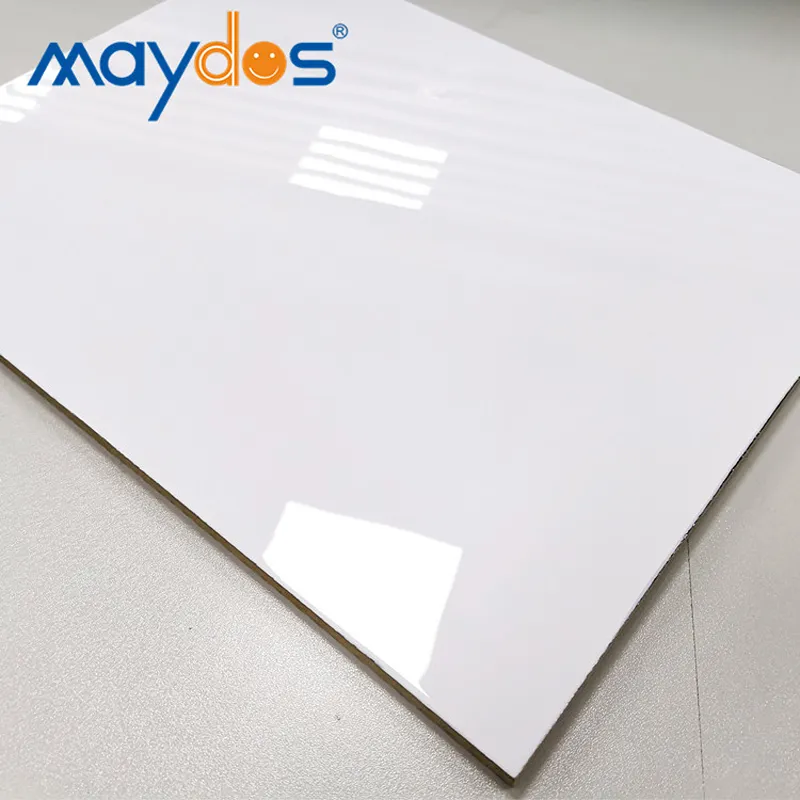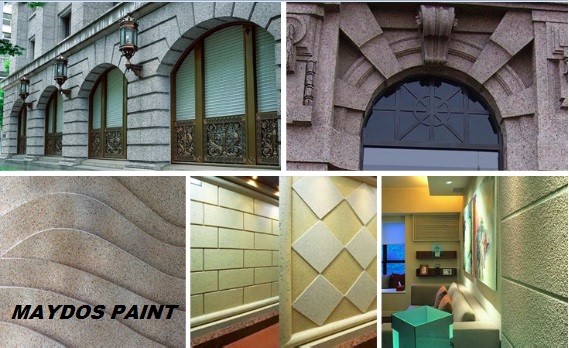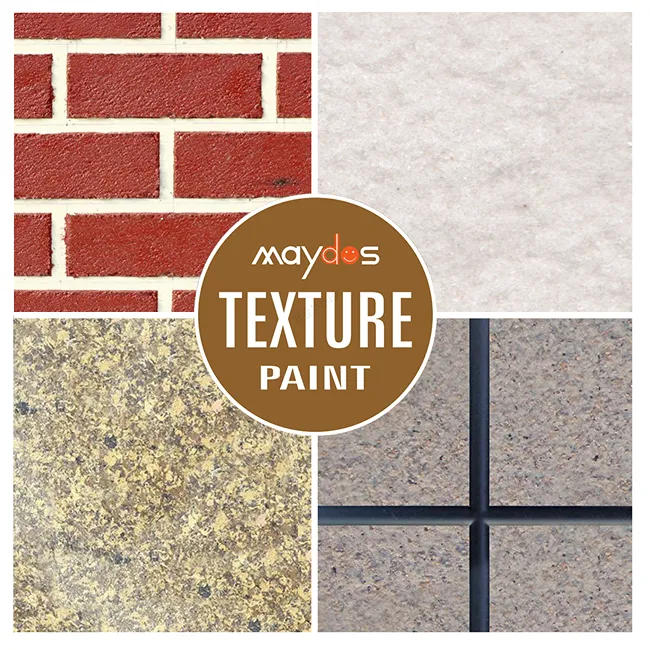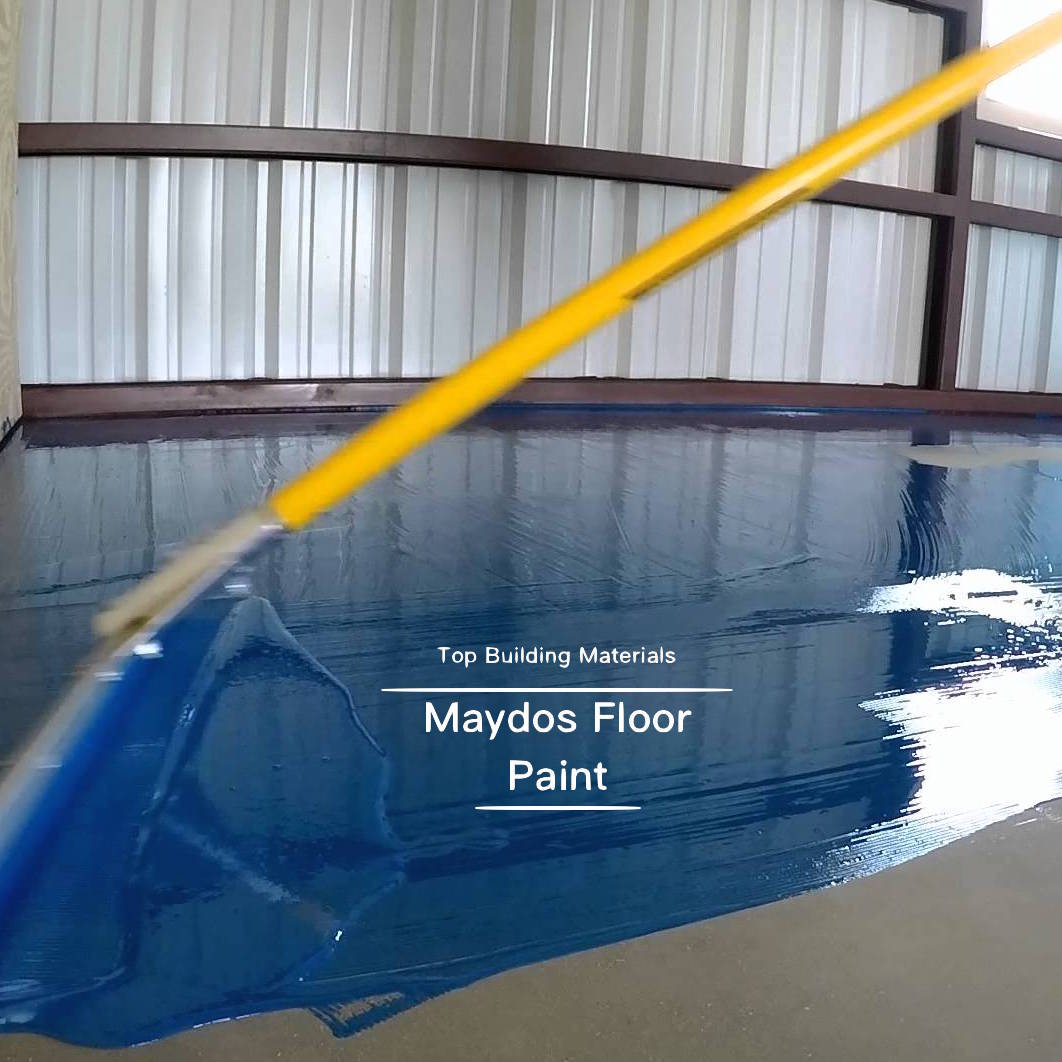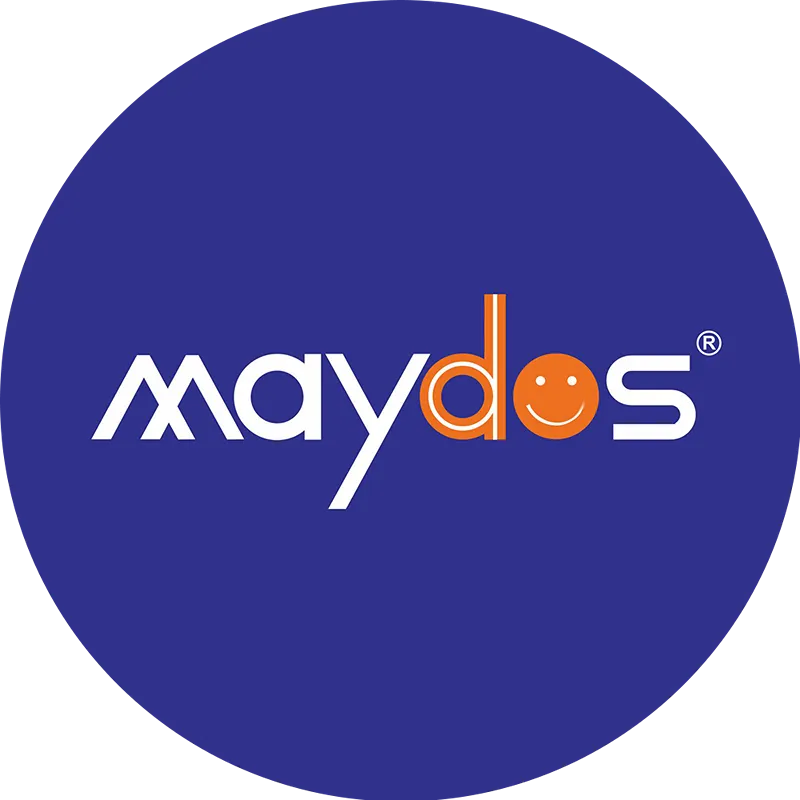Latin America is witnessing a surge in its white glue market, with suppliers gaining recognition through:
- Advanced production techniques: Many regional manufacturers now run modern, water-based adhesive lines capable of producing high-volume PVA glue while ensuring consistent quality.
- Broad solution portfolios: Suppliers offer liquid, stick, and paste white glue variants tailored for woodworking, packaging, crafts, and construction repairs
- Price competitiveness: Local producers leverage regional economies of scale and lower labor costs to price their products attractively for both industrial and retail buyers
Impact on Regional Markets
Latin American white glue suppliers are making a mark across key segments:
- Furniture Industry: As the region’s furniture market booms—projected as one of the largest segments in home decor with double digit CAGR —white glue has become critical for MDF, veneer, and laminate bonding.
- Hardware and DIY Retail: Revenue from hardware and home improvement stores in Latin America runs into tens of billions (e.g. Mexico US$20.9 bn; Argentina US$12 bn) with white glue now a staple SKU for both consumer DIY and professional repair markets.
- Education & Crafts: A rising middle class and emphasis on arts and crafts—youth and schools increasingly prefer washable, non toxic variants—aligns with the strong growth projected in the glue stick and craft adhesive segment (CAGR ~5.8%).
Quality & Innovation in White Glue
Latin American suppliers are increasingly focused on performance and innovation:
- Eco-friendly formulations: Transitioning from fossil-based adhesives toward plant- and starch-based PVA blends with lower VOC profiles.
- Enhanced formulations for industrial use: Particularly for furniture applications, improved moisture resistance, quicker curing times, and higher adhesive strength are in demand.
- Product customization: Suppliers now offer tailored solutions with different viscosities and bonding properties for woodworking, fabric lamination, or general packaging use.
Sustainability & Production Practices
- Environment-first formulations: There’s growing emphasis on biodegradable and renewable-resource adhesives, echoing global sustainability trends.
- Resource-efficient manufacturing: Several Latin American factories are upgrading facilities to reduce energy use and waste during glue production.
- Regulatory alignment: Adhesive makers are ensuring compliance with international standards (e.g. low-VOC, non-toxic certification) to support exports and serve health-conscious buyers.
Technology Boosting Glue Innovation
- Smart, tech-enhanced glue: R&D is underway to create adhesives with features like reversible adhesion or moisture/temperature sensitivity.
- Automation in manufacturing: Greater use of automated blending and packaging lines is improving consistency and cutting labor costs.
- Data-driven insight: Manufacturers leverage analytics and demand forecasting to tailor production runs based on emerging DIY and furniture trends.
Challenges & Opportunities
Key Challenges
- Global competition: Suppliers face pressure from low-cost, high-quality imports, particularly from Asian markets.
- Evolving regulations: Changing safety and environmental rules mean continuous investment in reformulation and compliance.
Key Opportunities
- DIY furniture growth: The DIY furniture market is expanding globally (~USD 230 billion by 2034), driven by customizable, minimal assembly wood and modular kits—especially strong in Latin America
- Export potential: Enhanced supply chains and certification open doors to export white glue beyond regional borders.
- Product differentiation: Eco-labeling, crafting kits, and quality upgrades offer opportunities for premium pricing and retailer partnerships.
Strategies for Future Growth
Latin American white glue makers can thrive by:
- Deepening R&D investments into sustainable, high-performance formulas.
- Partnering with furniture manufacturers for co-branded adhesives tailored to industrial demands.
- Leveraging DIY and home-decor channels—with educational marketing in hardware stores and online demonstration campaigns.
- Pursuing green branding to appeal to eco-conscious consumers and comply with international standards.
The Outlook for Latin America’s White Glue Sector
The market is poised for robust growth—with white glue playing a central role in:
- The region’s booming DIY furniture and home décor markets (<10% CAGR projected 2025–2030)
- Rising demand in crafts and education, supported by glue stick usage (+5.8% CAGR in South America). Infrastructure and housing-driven construction, fueling industry-grade adhesive applications in woodworking and packaging.
Continued alignment with sustainability standards, coupled with operational modernization and new-market focus, will position Latin American white glue suppliers to lead in their segment—mirroring the success story of China’s coating sector.
The Latin American market for white glue—particularly polyvinyl acetate (PVA)-based adhesives—is experiencing significant growth, driven by evolving trends in the furniture manufacturing and hardware retail sectors. This analysis explores these developments, focusing on the implications for furniture factories and hardware stores.
Market Overview
The Latin American adhesives and sealants market was valued at USD 6.8 billion in 2024 and is projected to reach USD 10.8 billion by 2033, growing at a compound annual growth rate (CAGR) of 5.1% from 2025 to 2033. Within this market, water-based adhesives, including white glue, hold a significant share due to their environmental friendliness and versatility.
Key Trends in the White Glue Market
1. Growth in Furniture Manufacturing
The Latin American furniture industry is expanding, with the market size estimated at USD 34.6 billion in 2024 and projected to reach USD 44 billion by 2030. This growth is fueled by increasing urbanization, rising disposable incomes, and a growing demand for aesthetically pleasing and durable furniture. Consequently, the demand for white glue in furniture manufacturing is on the rise, as it is essential for bonding wood components and laminates.
2. Emphasis on Sustainable and Eco-Friendly Adhesives
Environmental concerns are influencing consumer preferences and regulatory policies in Latin America. There is a growing demand for eco-friendly adhesives with low volatile organic compound (VOC) emissions. White glue, being water-based and non-toxic, aligns with these preferences, making it a preferred choice in both residential and commercial applications.
3. Expansion of DIY and Home Improvement Activities
The DIY (do-it-yourself) culture is gaining momentum in Latin America, driven by increased access to online tutorials and a desire for personalized home improvements. White glue is a staple in DIY projects due to its ease of use and versatility, leading to increased sales through hardware stores and online platforms.
4. Technological Advancements in Adhesive Products
Manufacturers are investing in research and development to enhance the properties of white glue, such as improving bond strength, reducing drying time, and increasing resistance to moisture and heat. These advancements are expanding the application range of white glue in various industries, including furniture manufacturing and construction.
Implications for Furniture Factories
Enhanced Production Efficiency
The improved properties of modern white glue formulations contribute to faster assembly times and stronger bonds in furniture manufacturing. This efficiency is crucial for meeting the growing demand for furniture in Latin America.
Compliance with Environmental Regulations
As environmental regulations become more stringent, furniture manufacturers are adopting white glue to comply with standards related to VOC emissions and worker safety. This shift not only ensures compliance but also appeals to environmentally conscious consumers.
Cost-Effectiveness
White glue offers a cost-effective solution for bonding wood and other materials, making it an attractive option for furniture manufacturers aiming to optimize production costs without compromising quality.
Implications for Hardware Stores
Diversification of Product Offerings
Hardware stores are expanding their adhesive product lines to include various white glue formulations catering to different applications, from household repairs to professional woodworking. This diversification meets the needs of a broader customer base.
Educational Marketing Strategies
To capitalize on the DIY trend, hardware stores are implementing educational marketing strategies, such as in-store demonstrations and online tutorials, to showcase the versatility and applications of white glue. These initiatives enhance customer engagement and drive sales.
Strategic Partnerships
Collaborations between hardware stores and adhesive manufacturers can lead to exclusive product offerings and promotional campaigns, providing a competitive edge in the market.
Conclusion
The Latin American white glue market is poised for continued growth, driven by the expanding furniture industry, environmental considerations, and the rise of DIY activities. Furniture factories and hardware stores are adapting to these trends by incorporating advanced, eco-friendly white glue products into their operations and offerings. By aligning with these market dynamics, stakeholders can capitalize on emerging opportunities and contribute to the sustainable development of the adhesive industry in Latin America.








